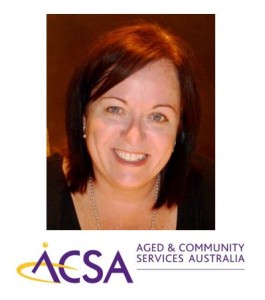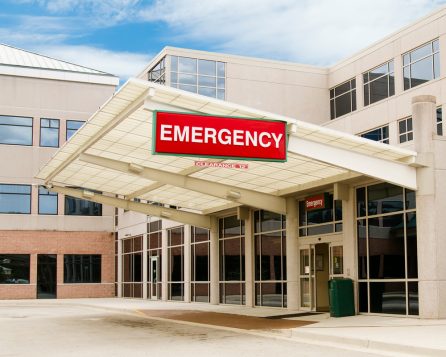Heather Witham from the peak body for church and charity aged care operators, ACSA, contacted us about our story on possible reductions in registered nurses in aged care homes.
The NSW Government held a Parliamentary Review which recommended that an RN be on duty in all homes 24/7. The Government rejected this recommendation and referred the discussion to COAG – the meeting of states with the Federal Government to share cash revenues.
‘Aged care’ is a federal cost while ‘health’ is a state cost.
My firm view based on experience is that RNs are needed in ‘high care’ homes 24/7 for two reasons. Frail people get very sick 24/7, not just in office hours. And the emotional trauma and cost of dispatching people to hospital – the only solution for non-RN staff when an event occurs – is massive and avoidable.
No plans to reduce numbers
 Heather, who is Manager of Government Relations and Policy at ACSA, makes a number of good points in response.
Heather, who is Manager of Government Relations and Policy at ACSA, makes a number of good points in response.
First she points out that there are absolutely no plans by ACSA members to reduce RN numbers. She states in fact the hours of care per resident are actually going up.
Their NSW submission (ACSA NSW & ACT) argued that providers should have the flexibility to staff their facilities according to the needs of their residents rather than it being legislated.
Heather states “There are still some low care facilities around that have residents that could be in retirement villages and can look after most of their own needs”.
Risk of closures
Smaller homes attempting to meet this 24/7 RN requirement would need to shed other direct care staff with many declaring themselves at risk of closure, particularly in rural areas.
Then she points out “The thing is though that aged care facilities are not funded like health facilities. They get about $200 per resident a day to look after a resident, but hospitals are funded at $1200.
They are not health facilities – they are the older person’s home that has care delivered in it”.
“Many facilities (about 30%) are already running at a loss and with the threat of the CHC funding being slashed from 1 January – that’s a cut of about $6000 a resident per year. 75% of the costs are for wages. There needs to be cost of case study so we now how much it costs to deliver quality care and fund it appropriately”.
Many facilities running at a loss
Heather and ACSA are correct on each point. Leading aged care accounting firm StewartBrown surveys close to 700 aged care homes every three months. Care staff time measured in hours and minutes with residents is actually going up – slightly. It’s now 3 plus direct hours a day.
And the average profit or surplus per resident across Australia is just $24 a day, with 30% of homes – about 900 aged care homes – actually losing money every day they are open before the 1 January cuts in funding.
Heather and ACSA’s wish for a study to work out how much it costs to deliver quality care and fund it appropriately has been picked up by Senator Nick Xenophon who has agreed to introduce a Senate Inquiry to examine this.
It would be a good outcome, but let’s hope it happens quickly. While we wait some elderly, frail mums and dads are being shunted off to expensive hospitals at times unnecessarily.



